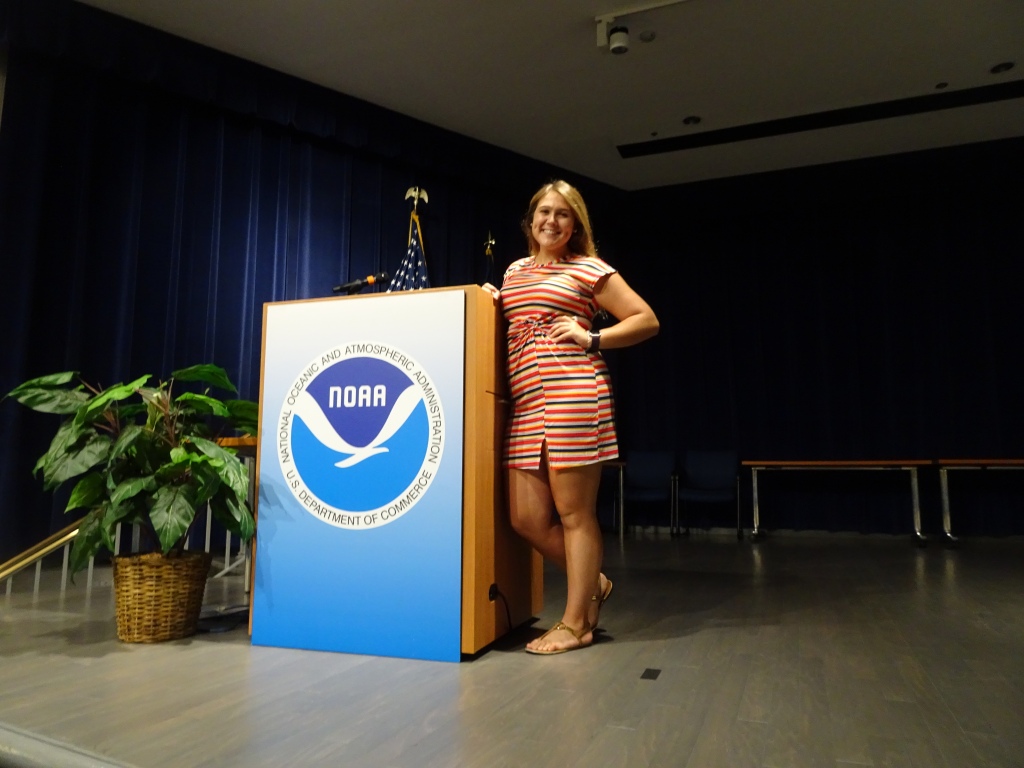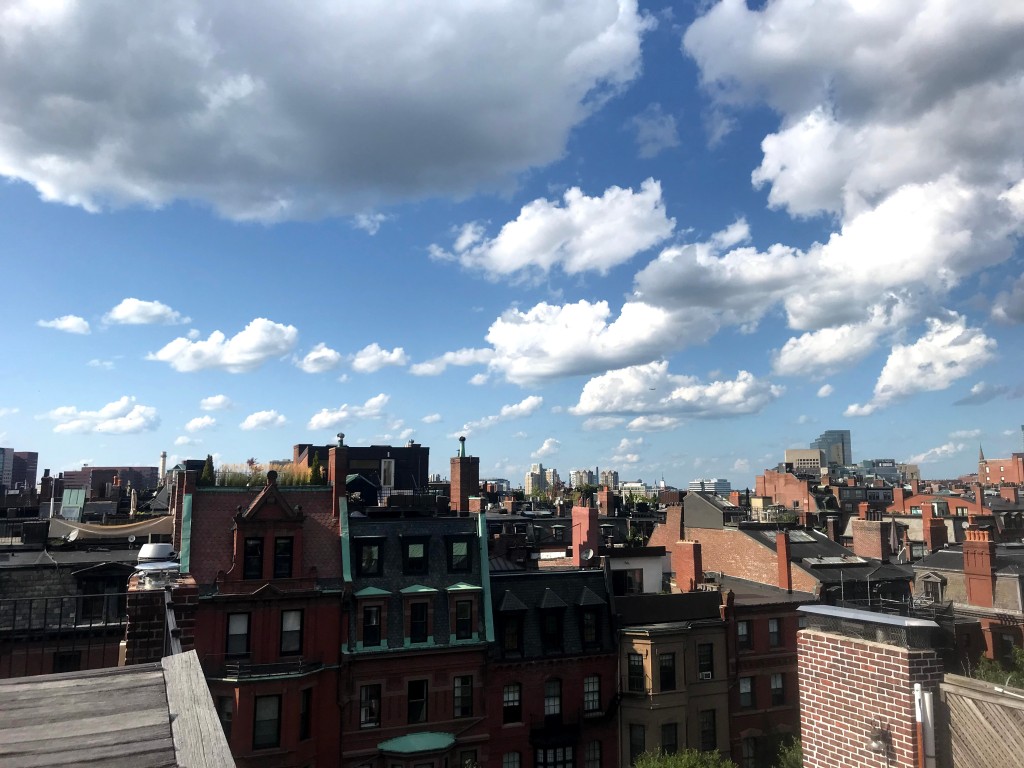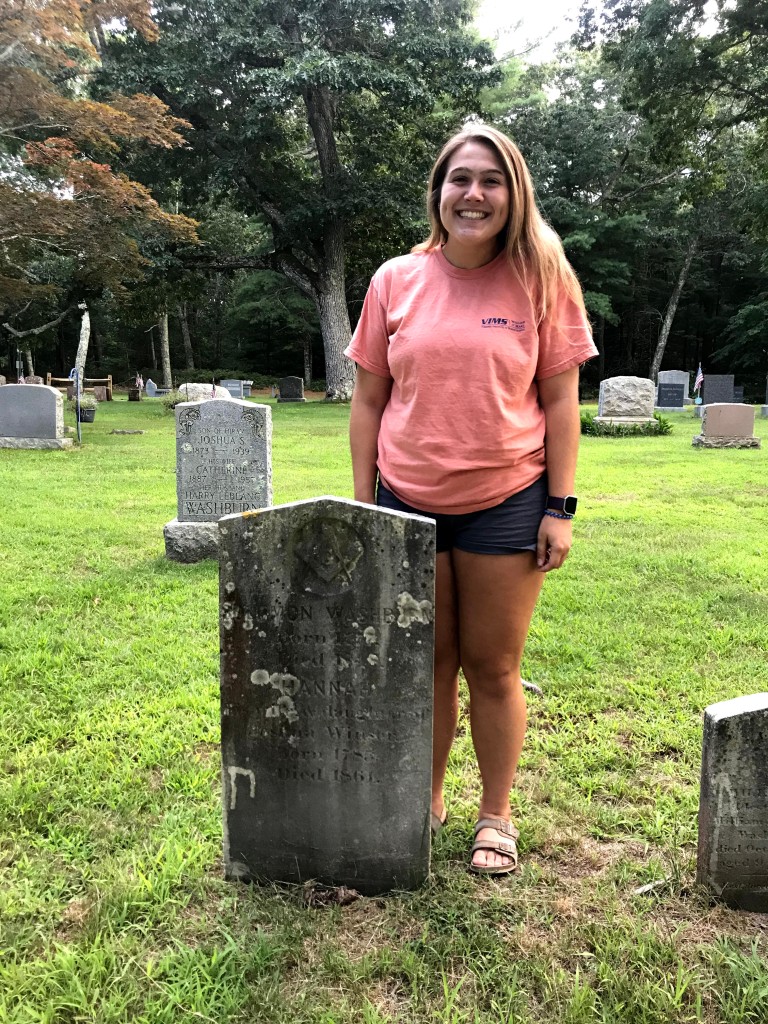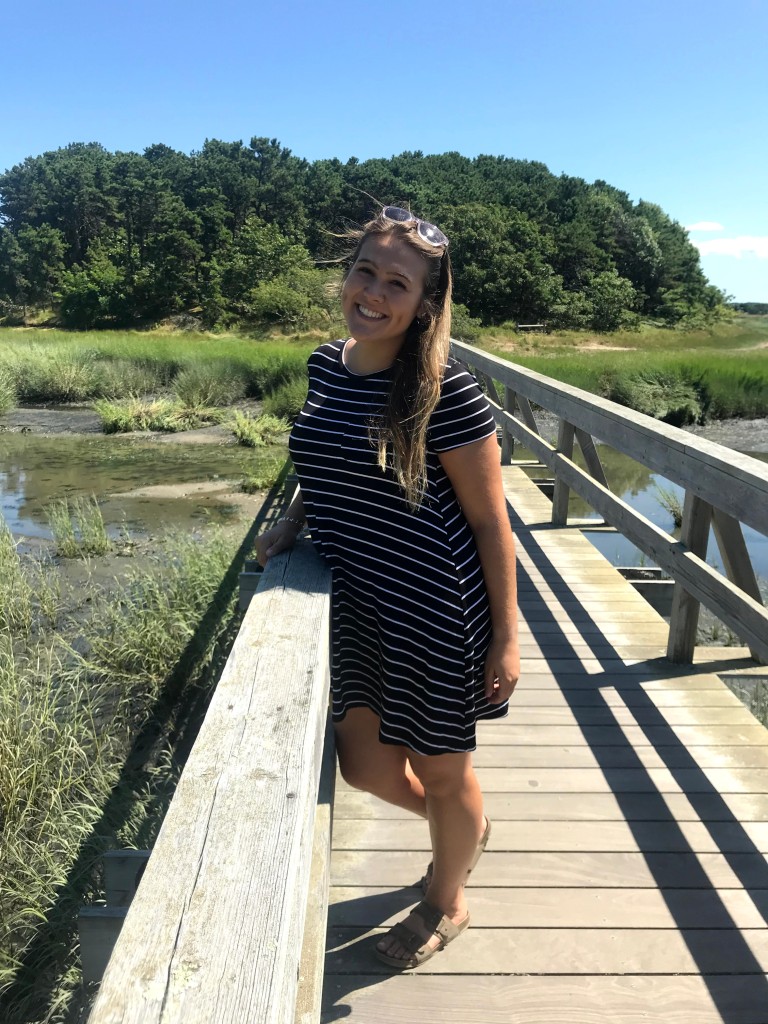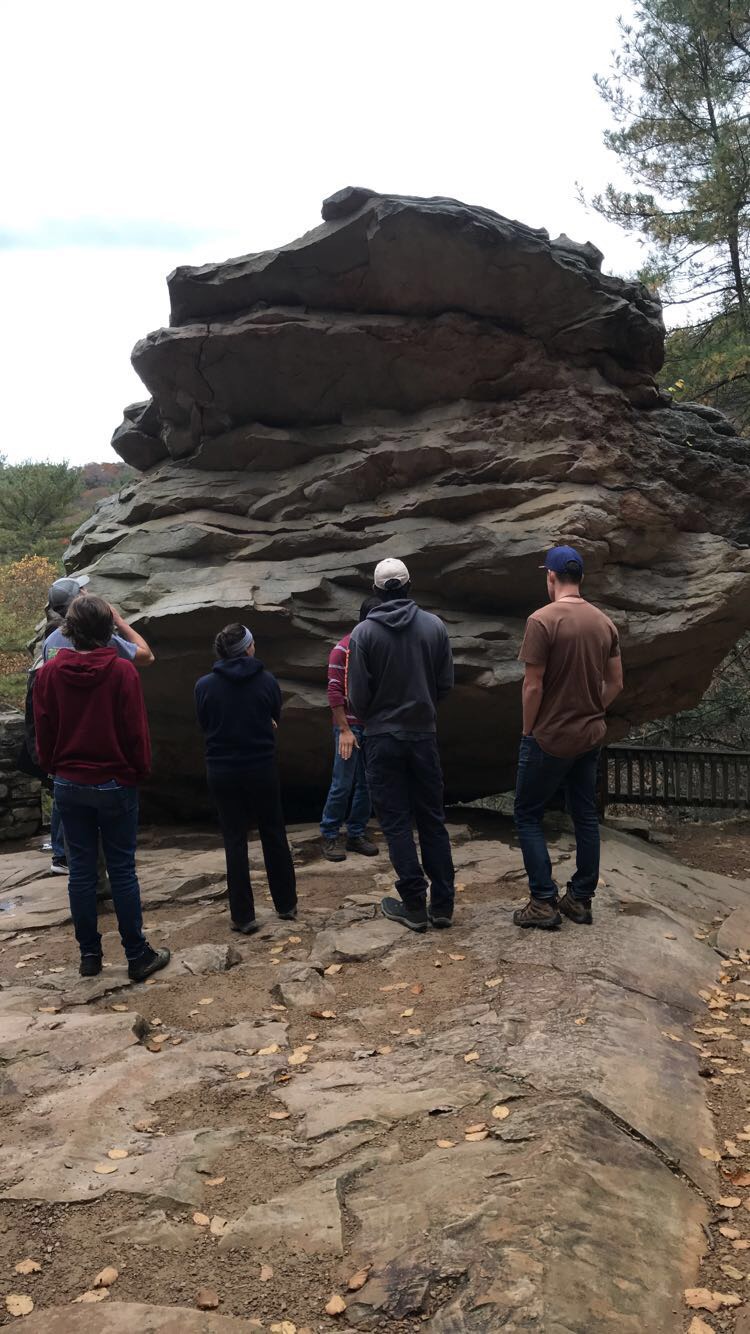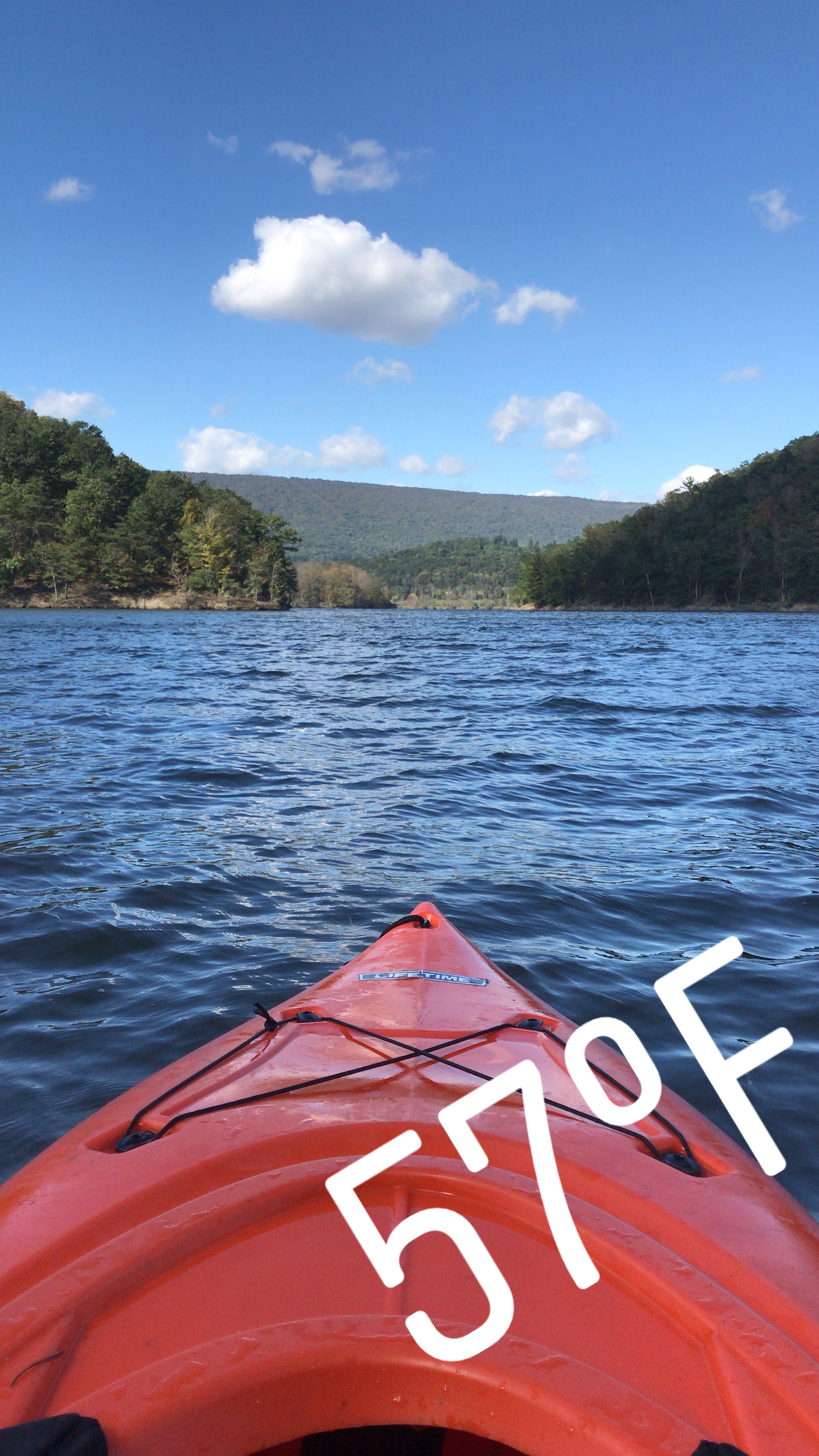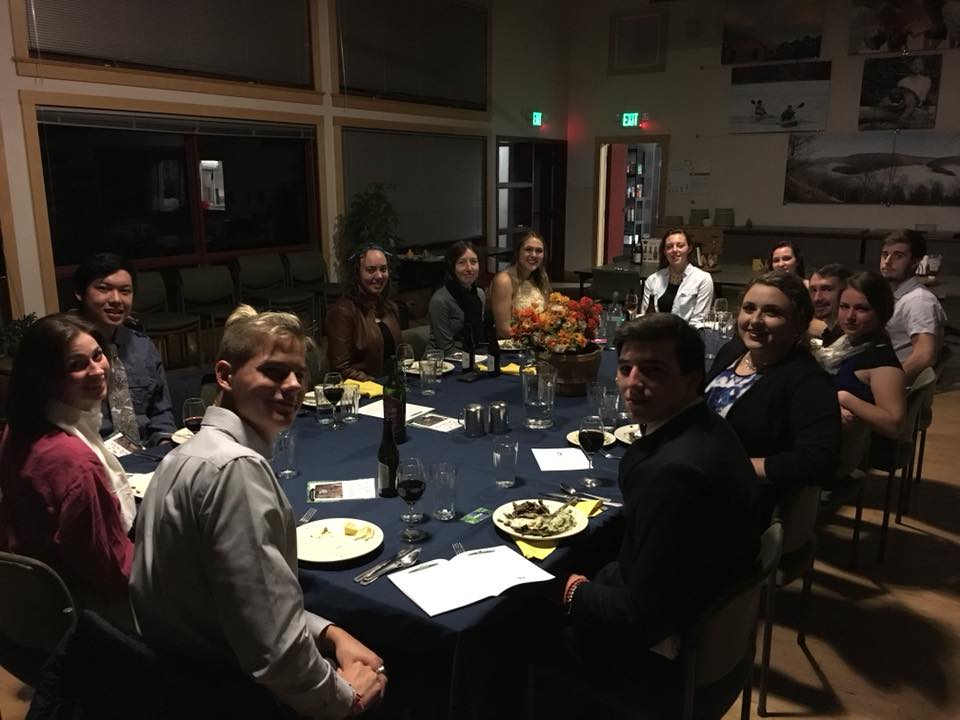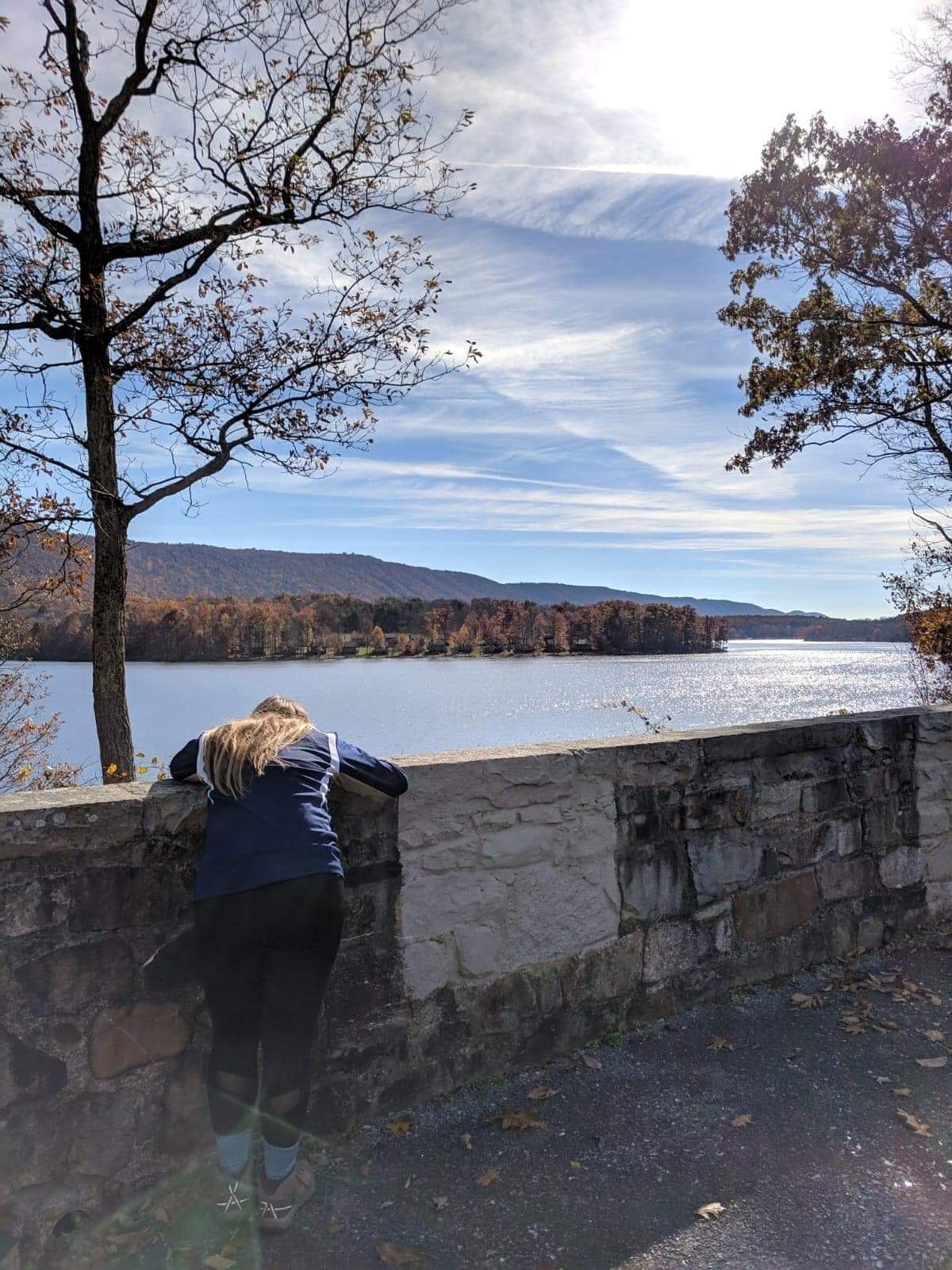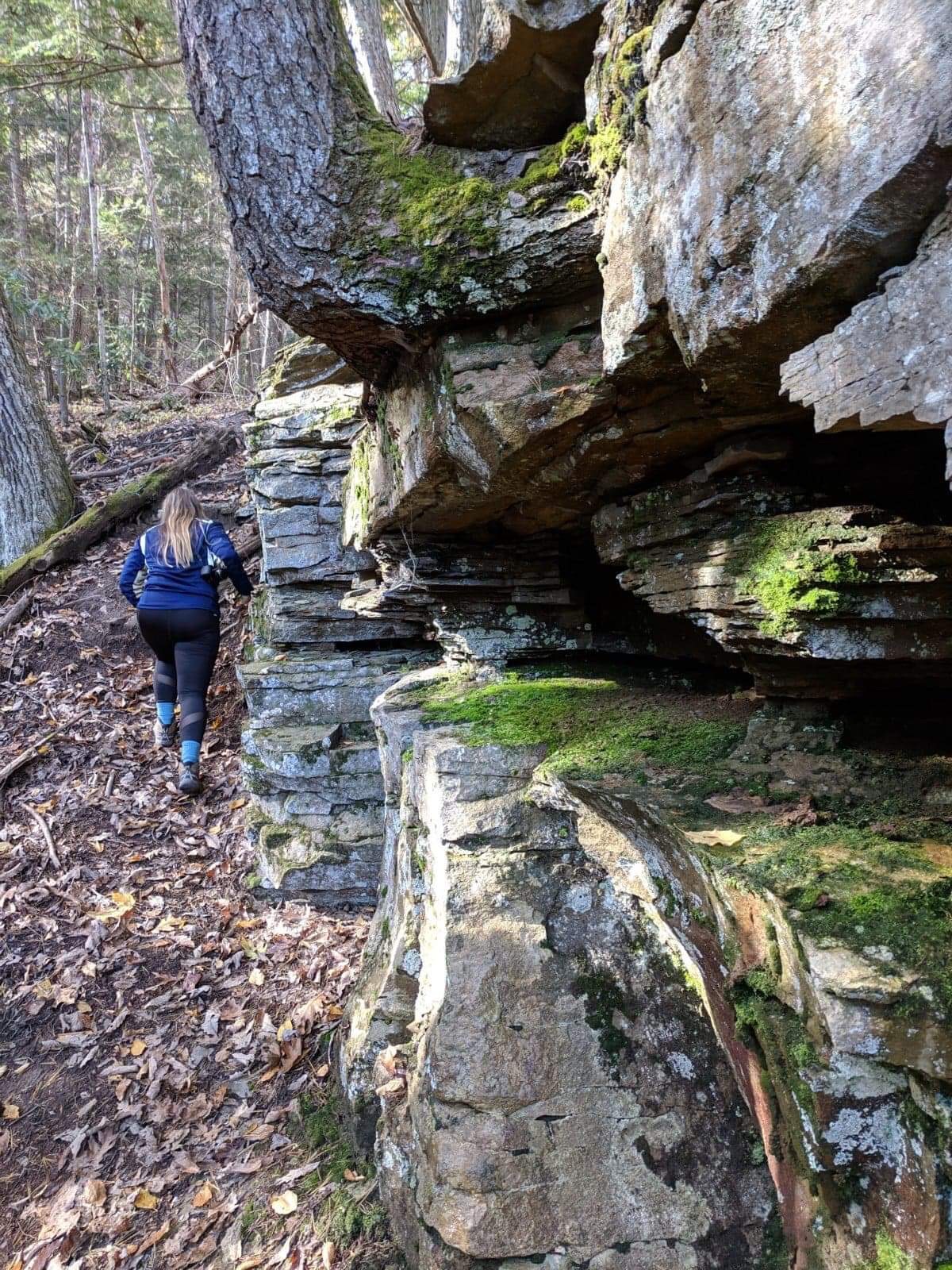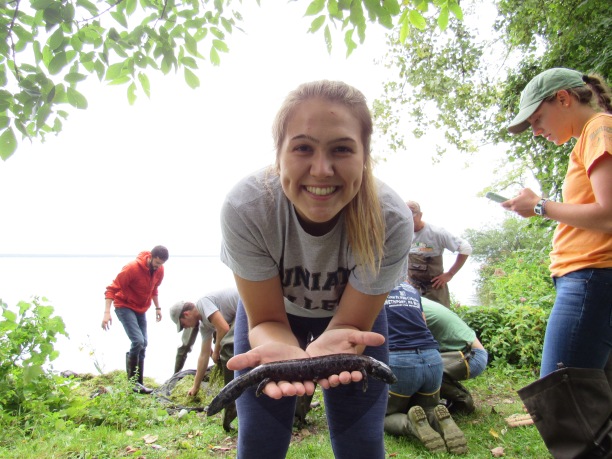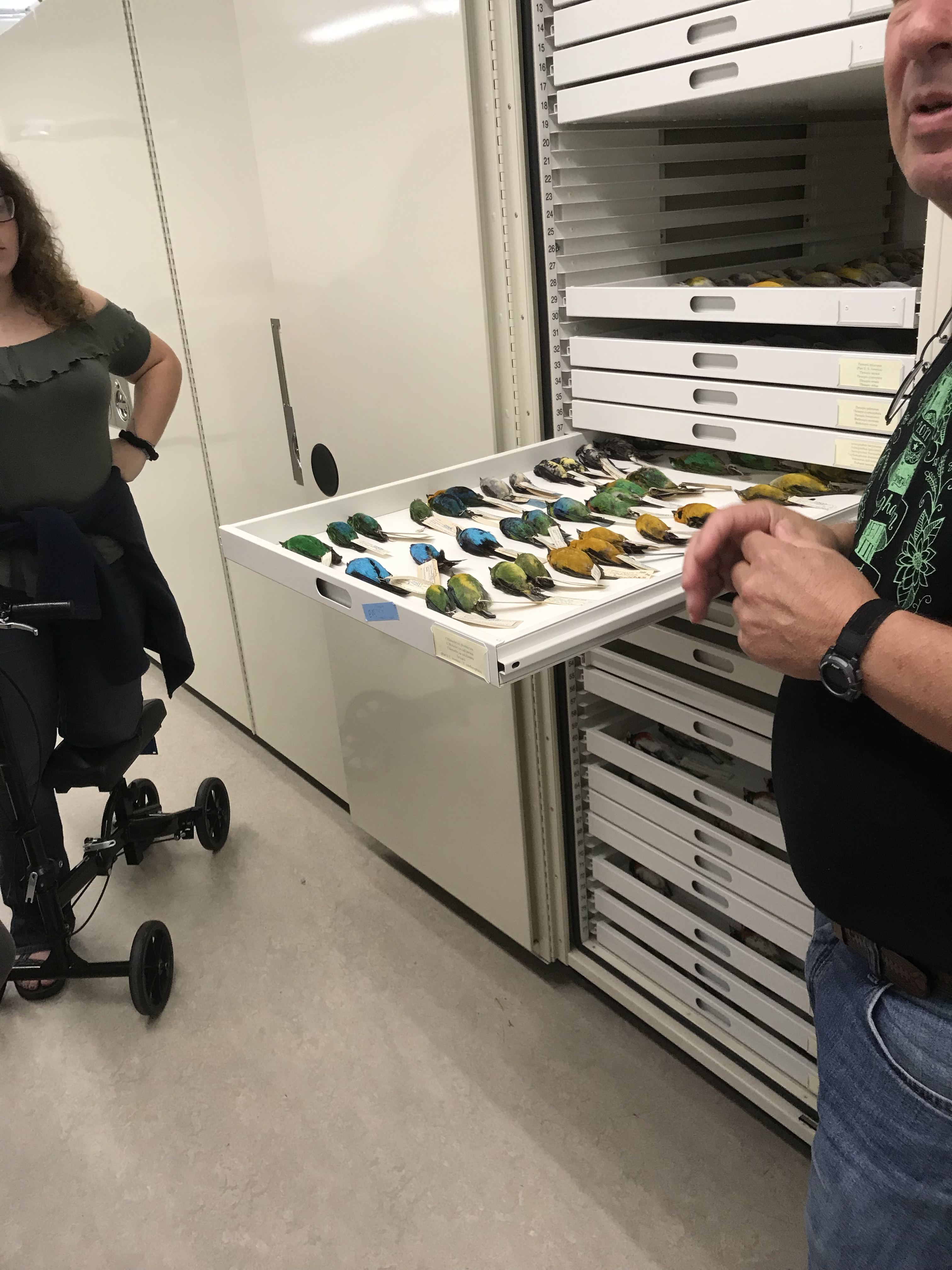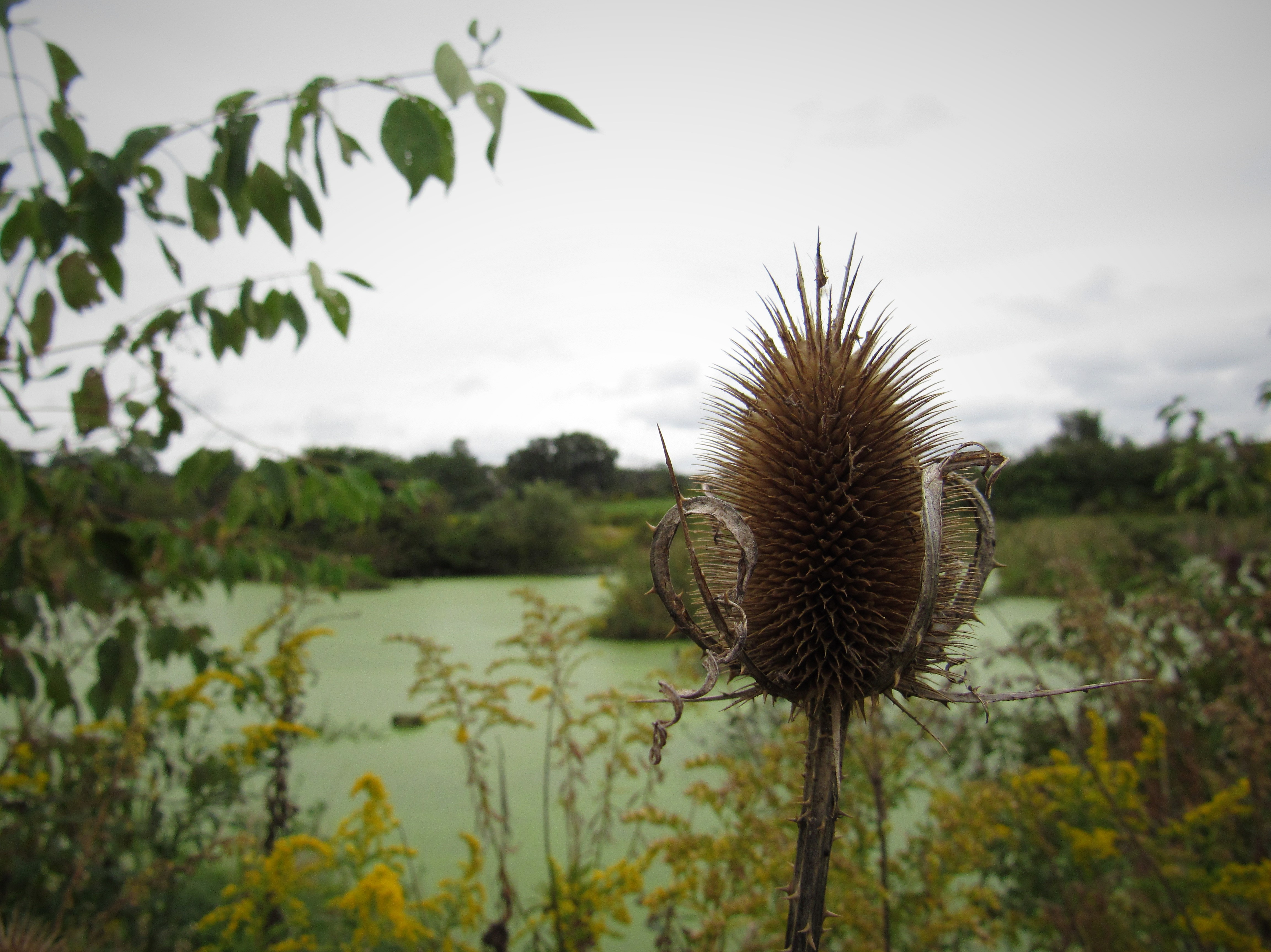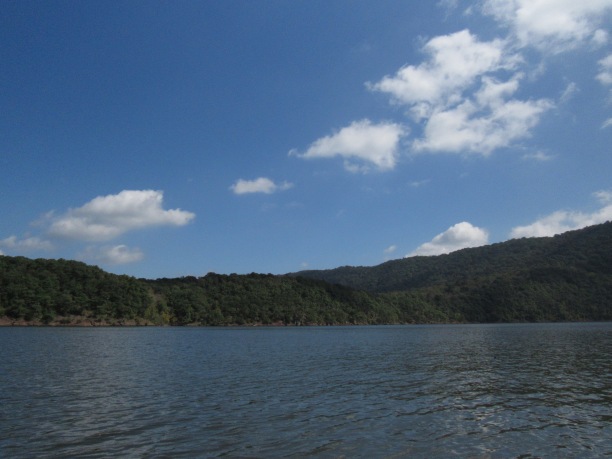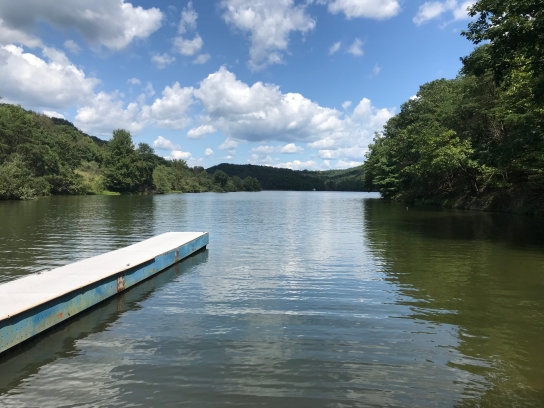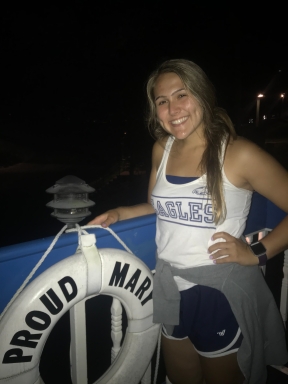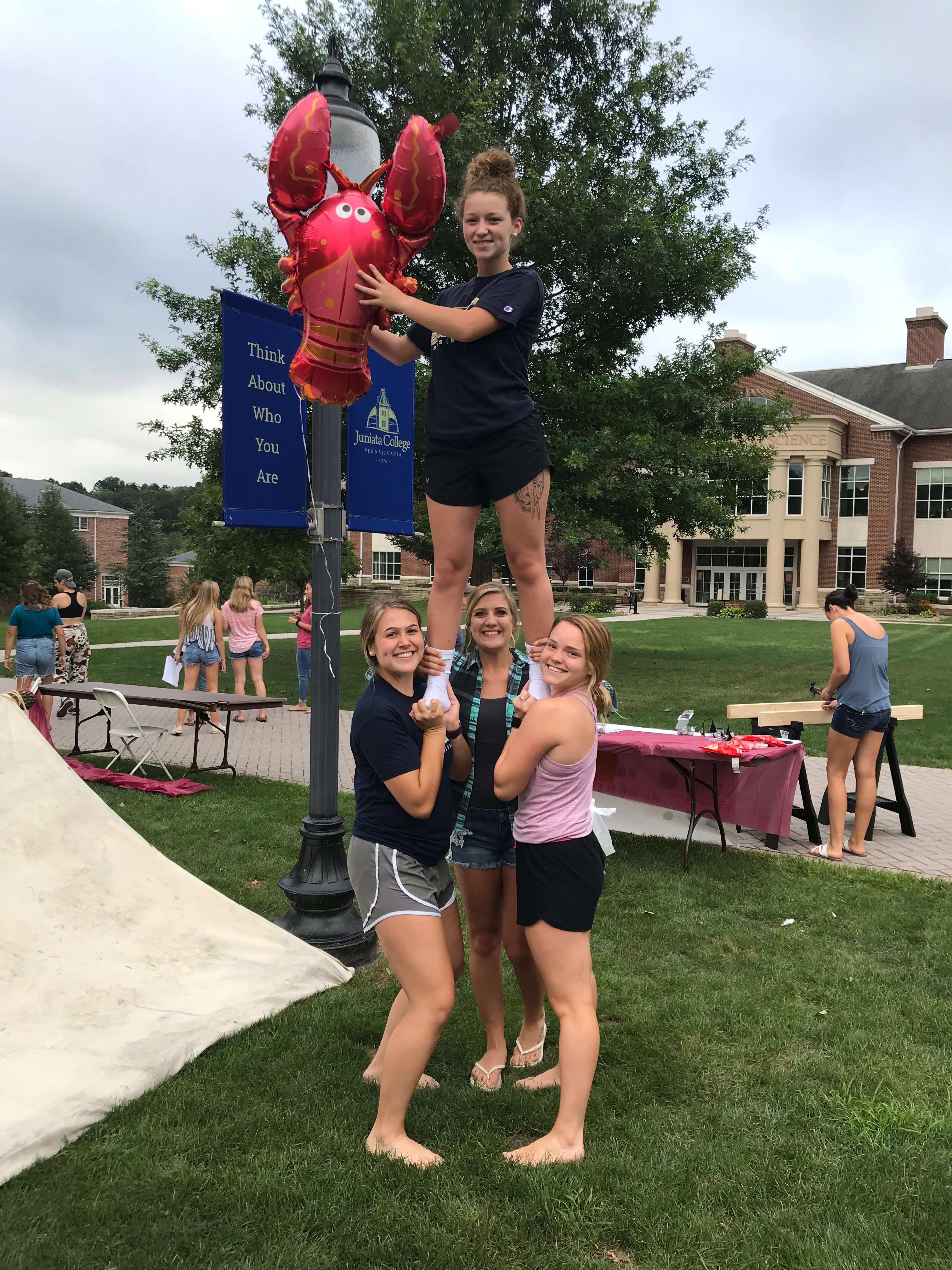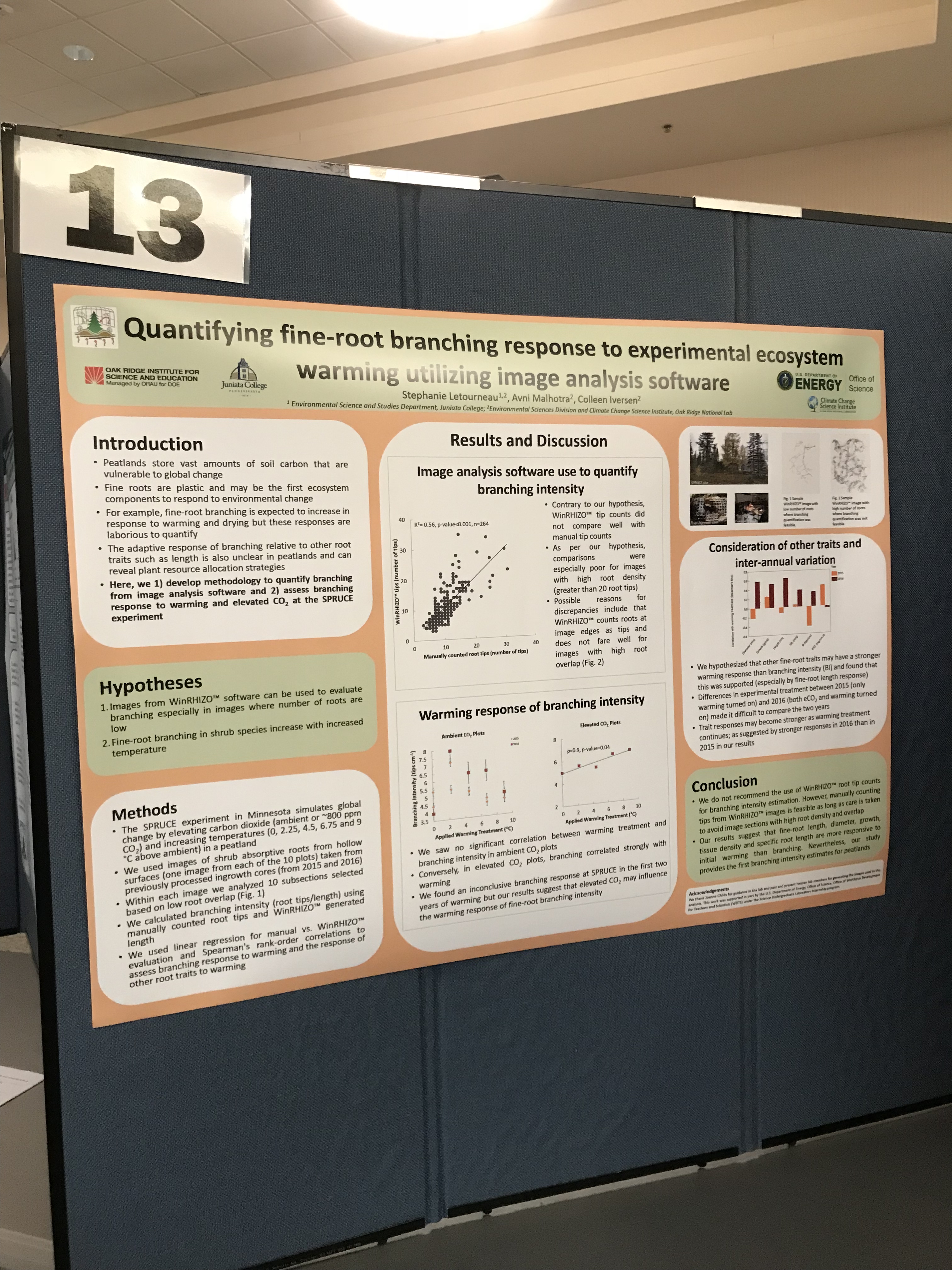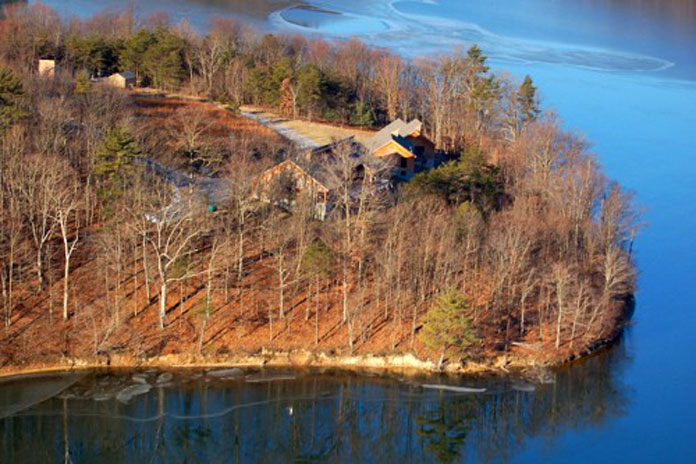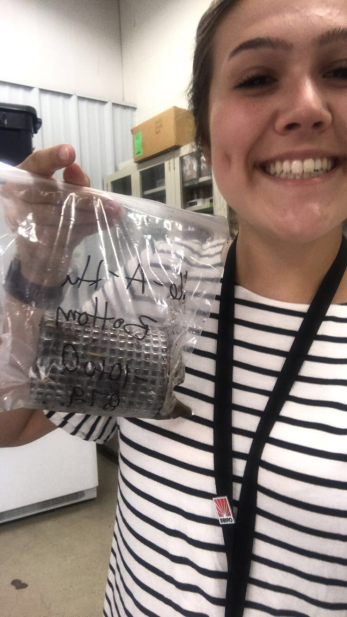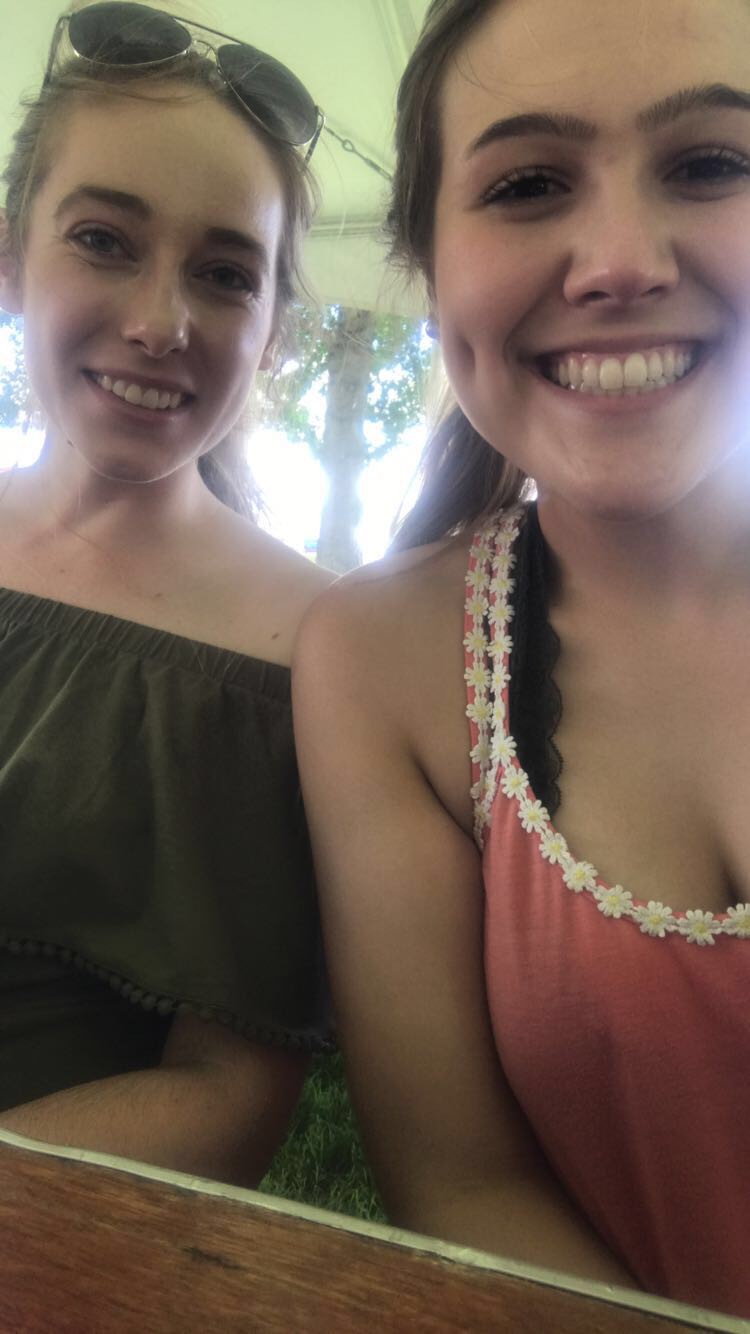
*Sometimes I use affiliate links in my content. This won’t cost you anything and will not harm our mother earth. I just might get some funding to go toward filling my logbook and sharing more with you.
This past semester was a long adjustment period of figuring out my life at Juniata again, but also trying to think about my future. But before I leap into the future, I want to reflect on the end of my summer and my internship.
NOAA Symposium Week
All the Hollings scholars spent the last week of the Hollings internship in Silver Spring, MD at the NOAA headquarters. The goal of this week is to practice presenting posters or presentations and learn about other interns’ projects.
In addition, we got to rekindle friendships that we previously made at the orientation and network with like minded students. We also had free time to explore the DC area after our day ended.

Project Results
If you are not sure what my project was, visit here to gain the full background on it.
First, one of my proudest accomplishments is that I created a full traditional lesson plan and an online Story Map for students and teachers to learn about marsh restoration. Second, I was able to use these two platforms to evaluate student and teachers perspectives.
Ultimately, my project highlighted that both students and teachers have a preference for blended learning, which includes a mixed use of technology and traditional teaching methods.
Through short interviews, I was able to understand how technology is used in science classrooms, the advantages and disadvantages, and how we can improve resources we provide for teachers to use.
Also, for my science-minded friends, here is an abstract:
It can be problematic to engage students in science because some concepts are difficult for students to visualize. One way of alleviating this issue includes using authentic research from scientists, allowing students to explore real-world situations. With the advancement of digital technology tools, teachers are beginning to implement digital learning to aid classroom instruction and the student learning process. Esri Story Maps is an evolving tool that allows end users to explore a topic through images, videos, interactive maps, data, figures, and text. This platform is accessible for educators, researchers, industry professionals, and even students. The objective of the study was to compare perspectives of translating science through traditional learning versus digital learning. For this project, current research focused on a thin-layer placement marsh restoration technique experiment in the National Estuarine Research Reserve System (NERRS) was translated into a lesson plan and Story Map. In addition, a series of short interviews with teachers and students were conducted to understand their perspectives on digital learning. Those same teachers were then provided an opportunity to evaluate the two learning tools and both tools were tested with high school students attending a summer camp at Chesapeake Bay NERR in Virginia. This study outlines the difficulties with utilizing technology in the classroom, but it also highlights the benefits when used in a strategic manner. By better understanding student and teacher perspectives on digital learning, we are able to provide useful resources to assist teachers in quality science education.
I gave a presentation and I had a family friend, a previous coworker, and one of my mentors come watch!
Are you a science educator?
Check out my tools…Even if you aren’t check out my lesson plan (Mitigating Marshes Against Sea Level Rise) and Story Map!
While in DC…
I had the opportunity to meet up with some of my friends from study abroad!!

Also, I went with some other scholars to the zoo, a Nationals game, saw Bryce Vine in concert, and went to the botanic garden. It was really great to see my peers and spend time with them again. We also continued our tradition and watched another Sharknado movie.




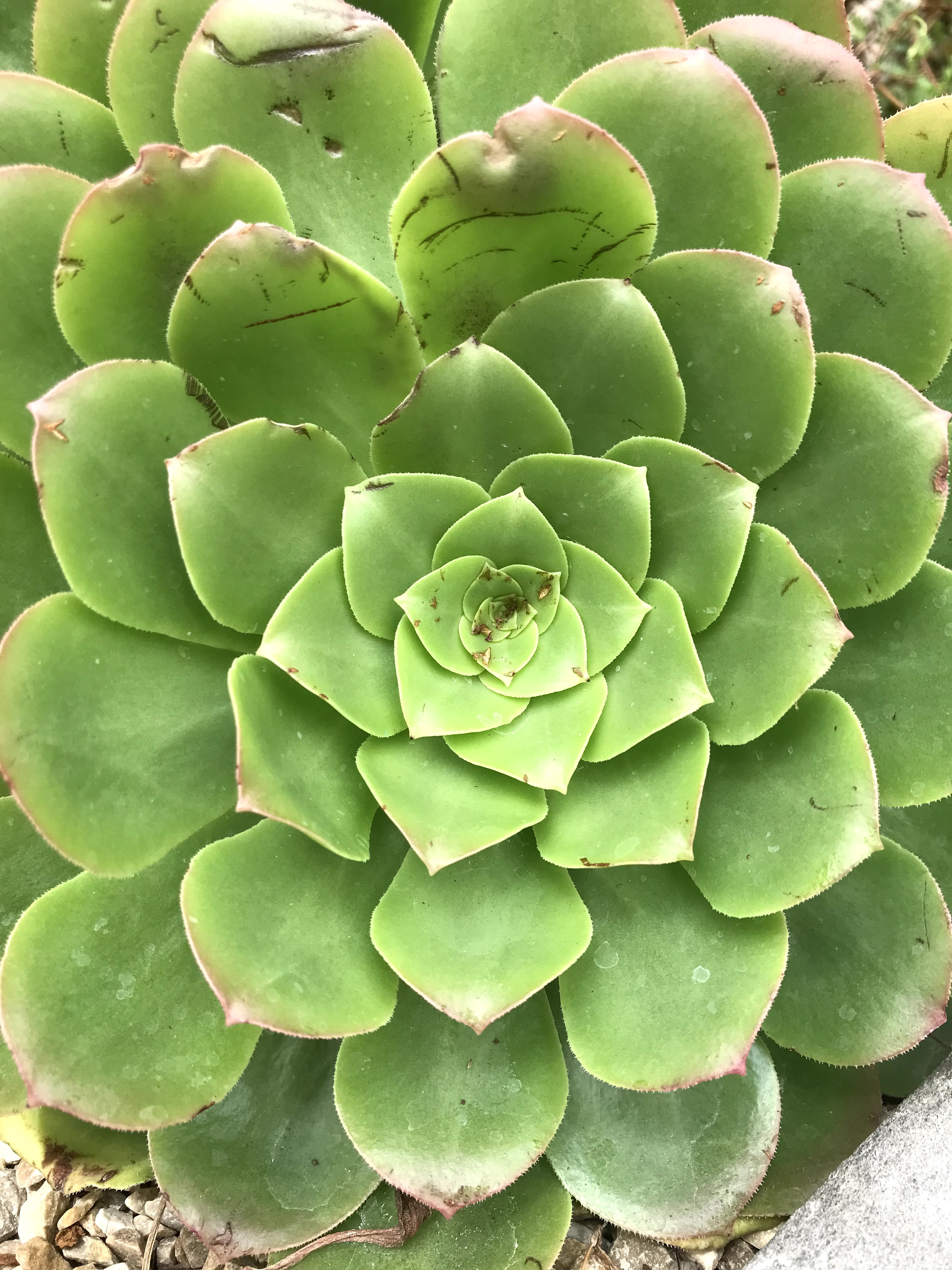

It was a great week and I had a lot of fun sharing science!

Last of Summer
In the brief time I had before my job training, classes, and cheerleading began, I took a trip up north to visit some friends.
New Haven
First, I went to New Haven, CT to visit my friend Charles from my internship at Oak Ridge National Lab. He is an adult now…works a real job, lives with housemates, etc. It was really great to see what he is doing after graduating and catch up.






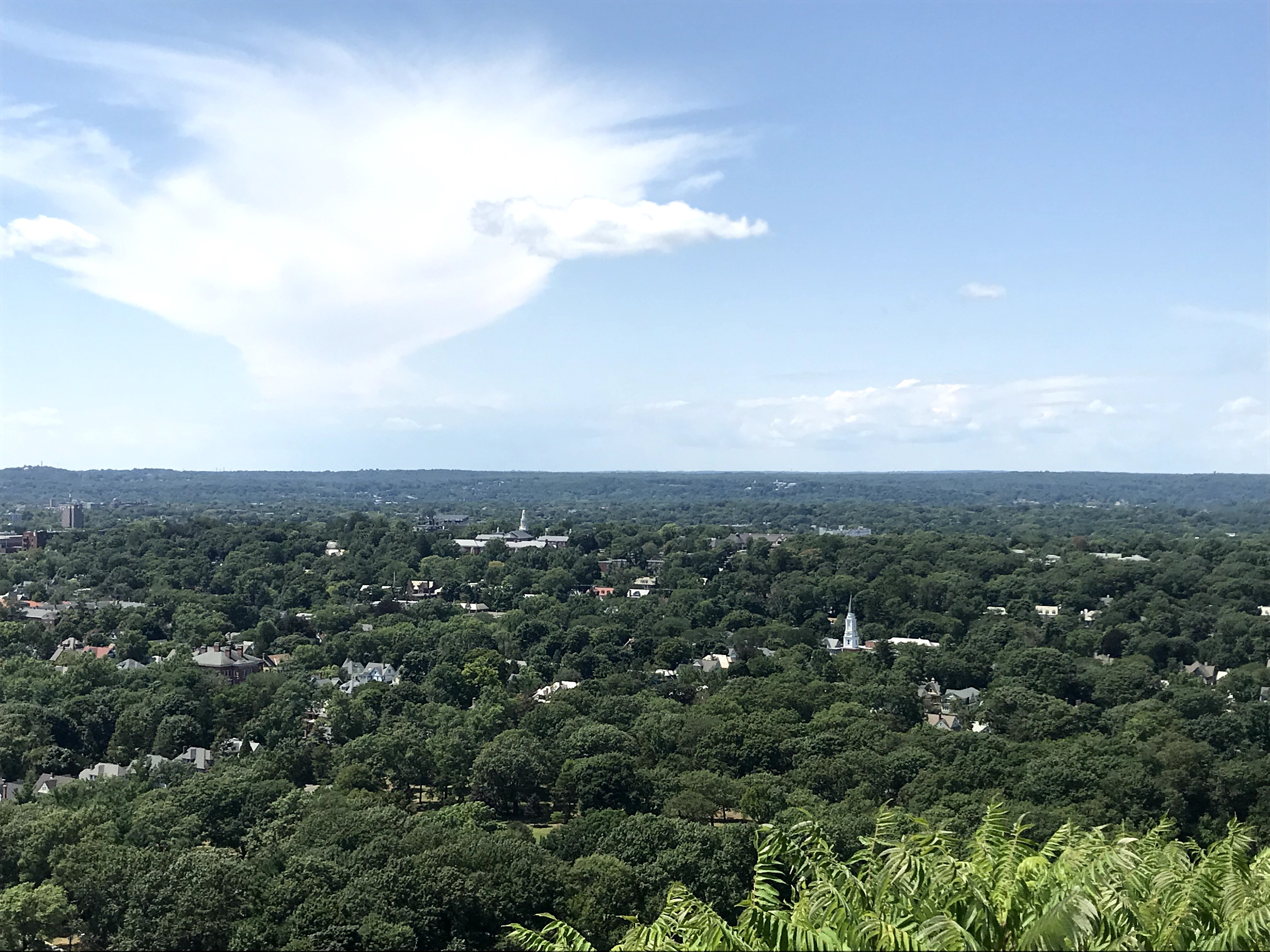
Boston
Then, I went to Boston, MA to visit my best friend from studying abroad, Nicola. I have not spent much time in the area before, so it was really fun to explore and see where she grew up.
I even ventured to Harvard to beg them to accept me. HA just kidding…





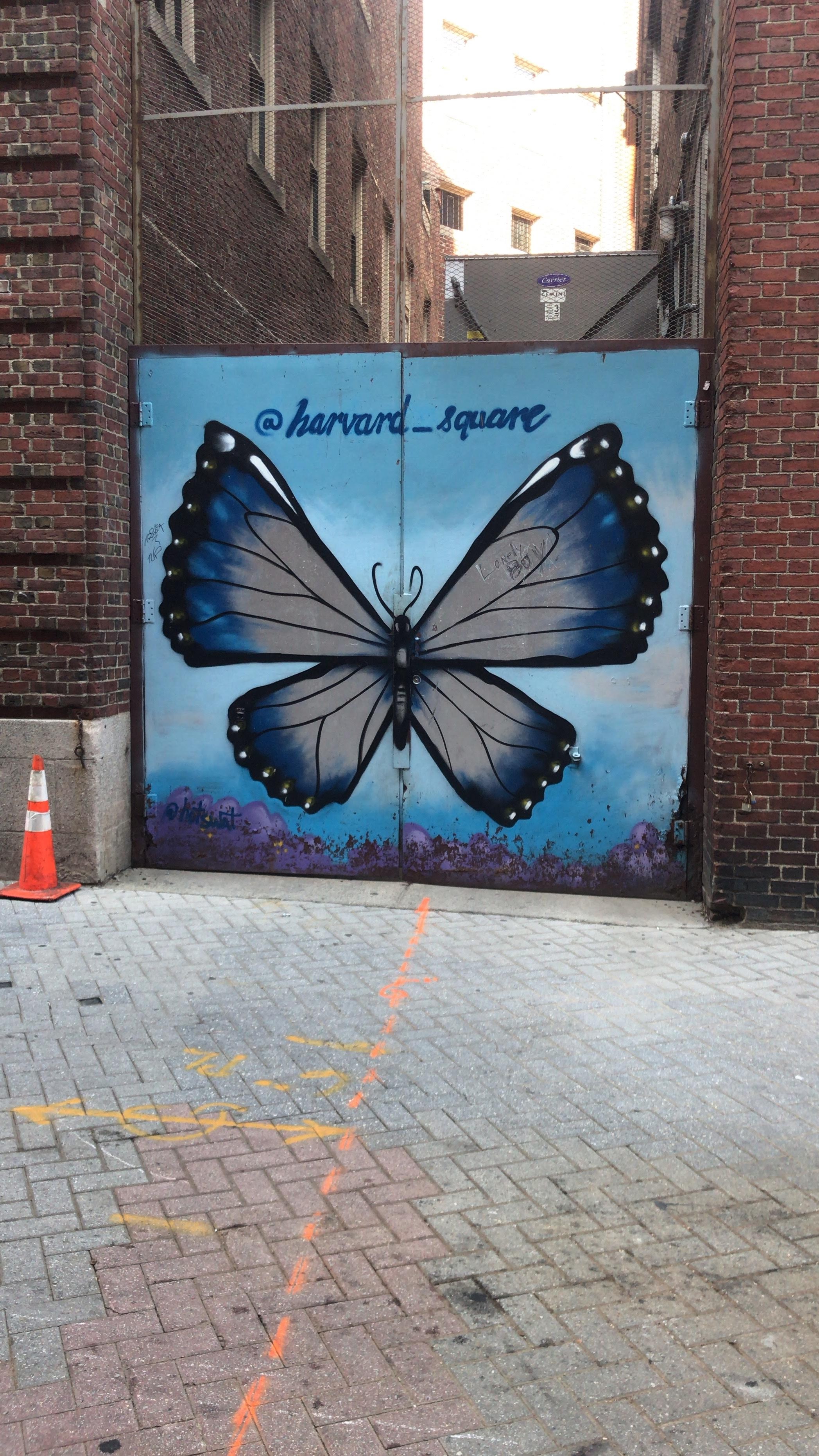
Cape Cod, MA
Nicola and I spent the weekend at her family’s lovely home in Cape Cod. However, on the way we made a quick stop in Duxbury to see my family’s burial plot from years ago at the Mayflower Cemetary.
We spent the weekend catching up, going to the beach, eating seafood, and exploring Provincetown and Wellfleet.



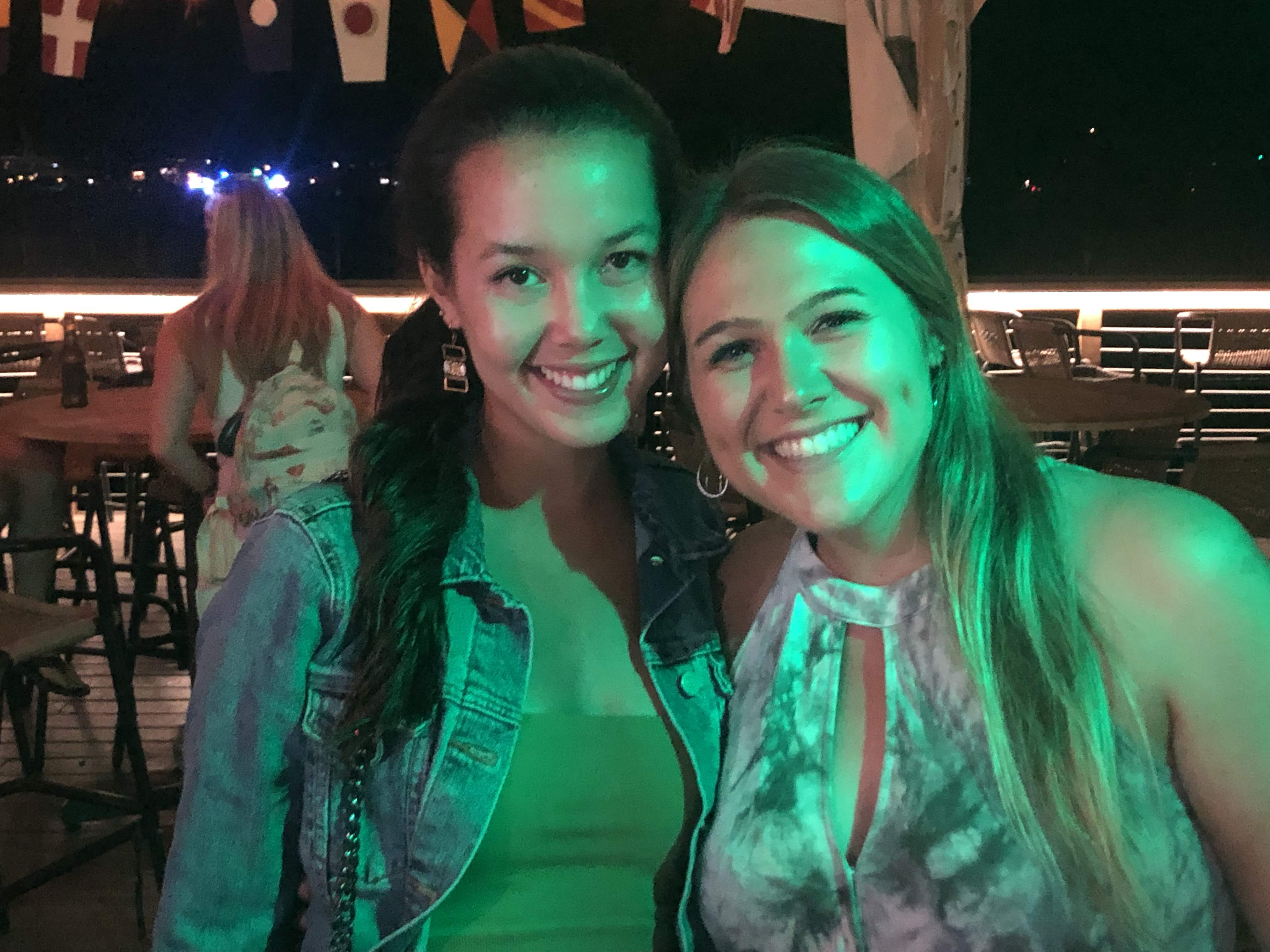

I had so much fun visiting my friends and waved a sad goodbye to summer my last of summer.



